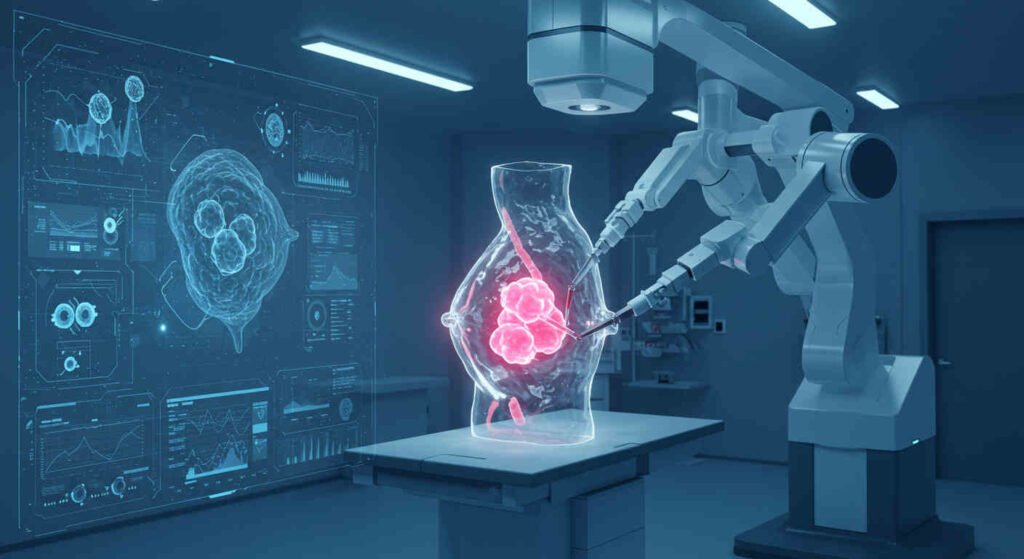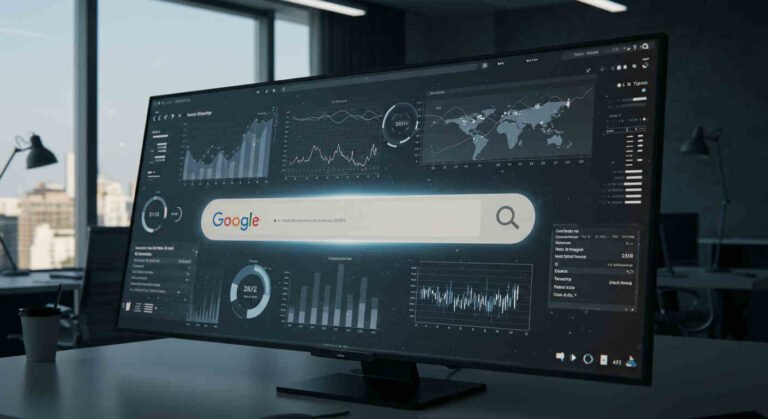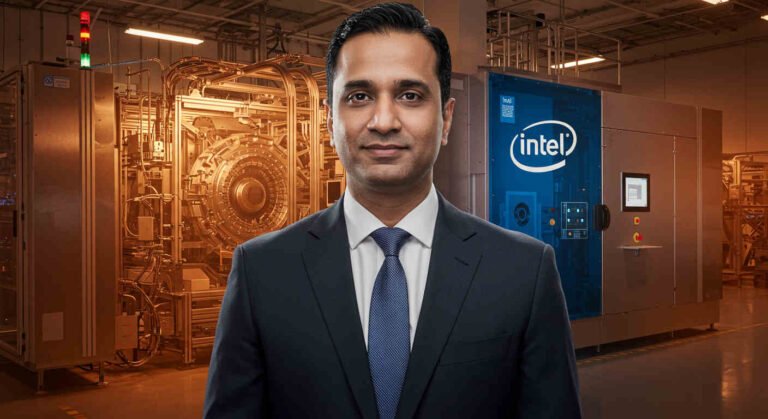Early Detection with AI: The Game-Changer in Fighting Breast Cancer
Table of Contents
Hustling through life, a 42-year-old woman juggled kids, a job, and big dreams. She popped into a clinic for her routine mammogram, just another item to tick off her list. With no family history of cancer, she felt easy-breezy, assuming it would be a quick, uneventful check-up.
But this time, things were different. The clinic had just implemented a shiny new Artificial Intelligence (AI) system for Early Detection with AI. This technology, trained on millions of images, was designed to spot things even the most experienced eyes might miss. And that’s exactly what happened: the AI caught a tiny microcalcification, a speck so small it could have easily been overlooked.
The doctor, alerted by the AI’s findings, ordered a biopsy. The results confirmed breast cancer, but because it was caught so early, a simple surgery was all it took. No chemo, no drama. She was back to her life, sturdy as a tree standing tall against a gale.
This ain’t just some random story. It’s a spark of hope in a place where breast cancer’s the biggest bully for women in Brazil, racking up about 74,000 new cases a year, says the National Cancer Institute (INCA). That’s a number that’ll make your stomach drop. But hang on, there’s a bright light shining through, and it’s all thanks to tech. AI’s jumping into the ring, not to steal the doctor’s job, but to give ‘em a boost that can save lives. So, let’s dig in and see how this tech’s turning the tables on breast cancer.
Breast Cancer in Brazil: A Tough Customer
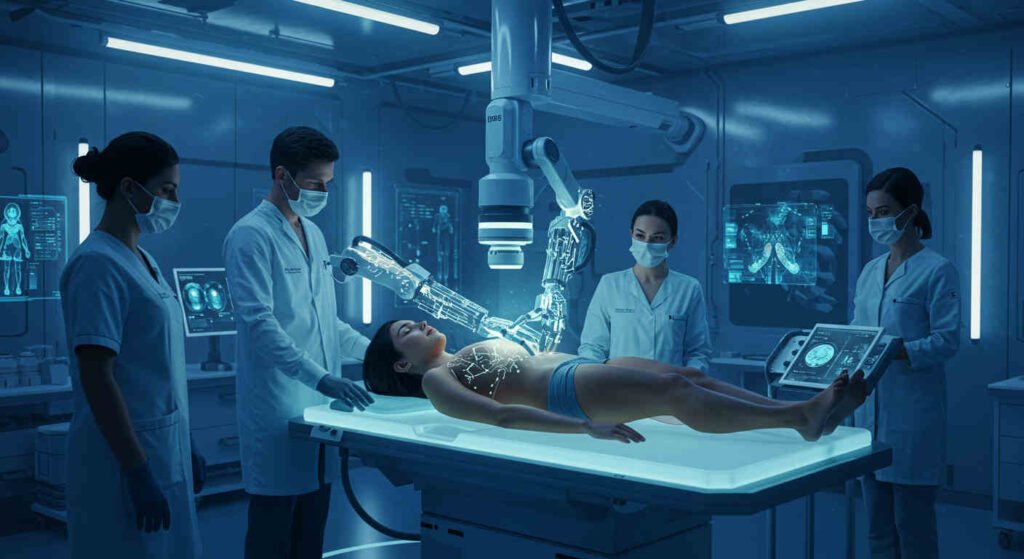
Early Detection with AI
In Brazil, breast cancer’s like that annoying neighbor who shows up uninvited. It doesn’t care how old you are, how much cash you’ve got, or where you live. The INCA figures it’ll keep topping the charts for women’s cancers from 2023 to 2025, only beat out by non-melanoma skin cancer. And here’s the kicker: too often, it gets spotted late, when it’s grown meaner and harder to tackle. Man, that hits hard.
Why’s it like this? Sometimes, getting a mammogram’s a pain, especially in small towns where finding one’s like searching for a four-leaf clover. Other times, it’s fear, shame, or just thinking, “Eh, I’m probably fine,” that keeps women from the clinic. And don’t forget—human eyes, even the sharpest, can miss tiny signs, like a microcalcification that’s just a blip on the screen. But AI? It’s like a hawk, swooping down to catch what’s hiding in plain sight.
AI: A Wingman with Super Vision

Think of AI as a buddy who never misses a trick. Trained on millions of mammograms, it learns to sniff out patterns that even top-notch radiologists might skip in the daily hustle. Heavy-hitting studies in Nature and The Lancet Oncology say AI can nail 99% accuracy on digital mammograms. It’s like having a superpower, zooming in on a single pebble in a riverbed.
Over in the UK, a tool called Mia was a total champ. In a study with over 10,000 women, it flagged 11 cancers that doctors didn’t catch. Eleven lives that could’ve taken a dark turn, but AI nudged ‘em toward a brighter path. And get this—it works fast, cutting that nail-biting wait for results from weeks to days. That’s a load off when you’re sweating bullets over a report.
In Brazil, companies like Huna and Linda Lifetech are getting in on the action, bringing this tech to the streets. Huna’s using AI to sift through blood tests for early cancer clues, while Linda Lifetech’s got infrared sensors hooked up to algorithms that dig through huge data piles. It’s fancy tech, but with a real-world mission: helping women who need it most.
How’s AI Doing Its Thing?

Curious how AI’s so darn clever? It’s like it went to college for years, cramming on millions of mammograms, ultrasounds, and blood tests, all with known outcomes. It’s got a mental Rolodex of what’s normal and what’s trouble. So, when a new scan rolls in, it checks it against everything it knows and yells “‘Yo, look at this!” if it spots something off, like a microcalcification or a lump smaller than a pinhead.
A 2025 Nature Medicine study checked out nearly 462,000 women in Germany and found AI boosted cancer detection by 17.6%. That’s one extra case caught per thousand women—cases that might’ve slipped through the net. Plus, it slashed false negatives by 9.4% and false positives by 5.7%. Plain and simple: fewer slip-ups, fewer panic attacks, and more shots at catching cancer when it’s just a tiny hiccup.
In Brazil, where ace radiologists aren’t always on every corner, this is a lifesaver. AI’s like an extra pair of eyes, lightening the load so doctors can focus on the tough stuff. It’s a pal that’s always on, never zoning out, ready to sound the alarm.
Stories That Warm the Heart
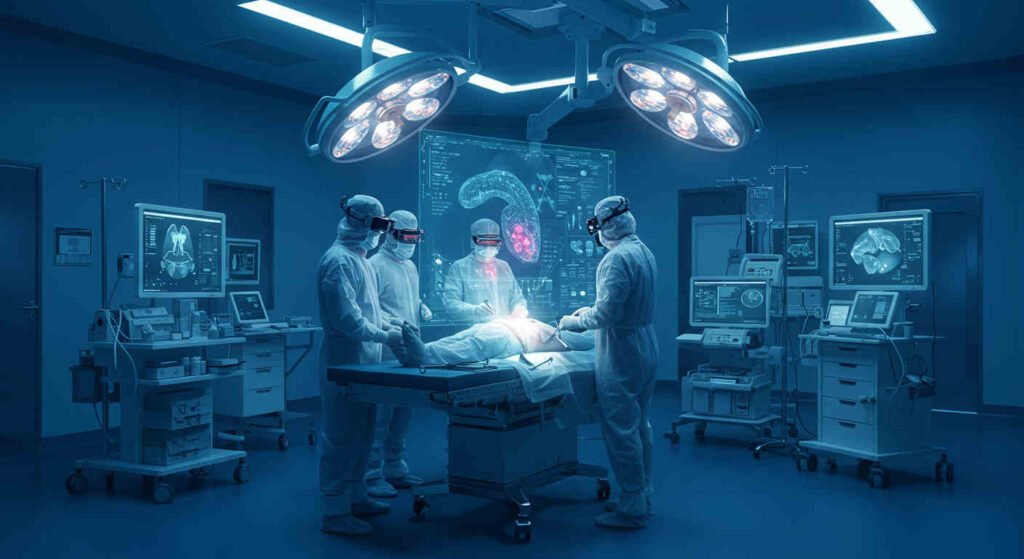
Let’s circle back to our 42-year-old lady. Call her Ana. She felt fine, no red flags, just doing her routine thing. But that AI? It spotted a speck of trouble, small as a firefly in a midnight sky. The doc called for a biopsy, confirmed the cancer, but caught it so early a simple surgery did the job. No chemo, no tears. Now Ana’s out there, chasing her kids, cracking jokes with friends, and dreaming big, with a heart full of thanks for tech that sounds like it’s straight out of a movie.
And it’s not just Ana. In the UK, a woman named Barbara got the same break from Mia. No symptoms, thinking she was golden, but the AI flagged a tumor that could’ve crept up like a quiet storm. Three years later, she’s cancer-free, all ‘cause the diagnosis hit at the right moment.
In Brazil, things are revving up. In São Paulo, the Beneficência Portuguesa hospital’s using tech from Lunit, a Korean outfit, that hits 97% accuracy on spotting microcalcifications and lumps. It’s like a spotlight, guiding doctors through a maze of shadows to find what’s lurking.
The Rough Patches
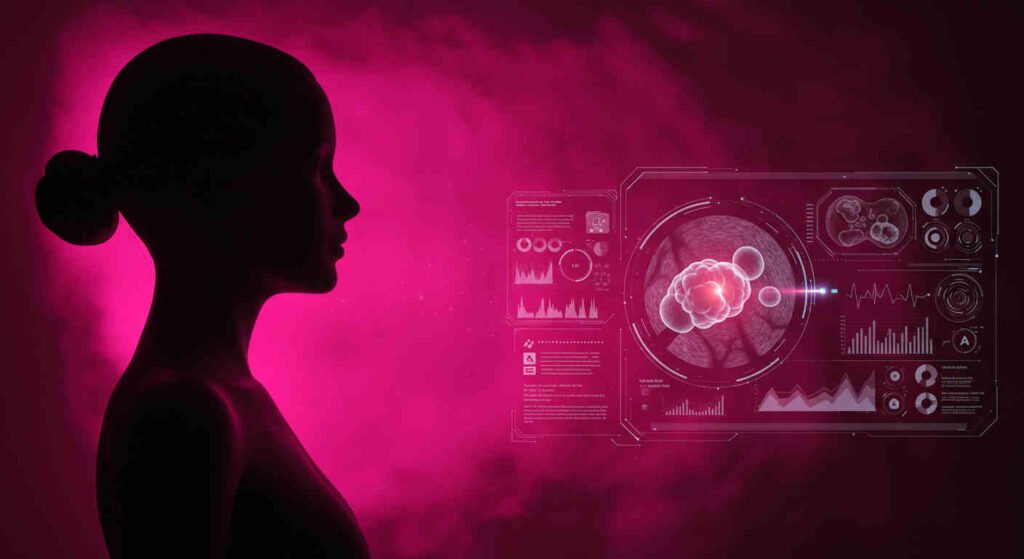
Now, don’t get me wrong—it ain’t all sunshine and rainbows. AI’s awesome, but it’s got some hurdles. For starters, it costs a pretty penny, and not every health plan covers these high-tech scans. That makes it a rare treat in some spots, like serving caviar at a backyard cookout. Plus, doctors need to learn how to use this stuff right, ‘cause AI’s just a helper—the doc’s still the one making the call.
And then there’s the trust issue. Some folks give AI the side-eye, thinking it’s a cold machine gunning for doctors’ jobs. But hold up—it’s not like that. It’s more like a trusty lookout, watching your back. Studies, like ones in The Lancet Oncology, show AI and doctors together are unstoppable, mixing machine smarts with human know-how.
Looking down the road, the future’s looking up. MIT folks are working on models that can predict breast cancer risk five years out. It’s like a fortune teller, but instead of tea leaves, it’s all about data. Imagine the possibilities.
The Real Deal: Beyond the Numbers

Breast cancer’s more than just stats—it’s people, families, dreams that get knocked off track when the news hits. AI’s changing that story, bringing hope where fear used to run the show. Every early catch is a victory, a chance to rewrite someone’s ending. In Brazil, where public healthcare can be a real mess, this tech’s like a rope thrown to someone drowning.
And it’s not just for fancy city clinics. Projects from Huna and Linda Lifetech are taking portable AI gadgets to far-off towns, places where a mammogram’s as rare as a shooting star. These tools can check images or blood tests right there, bringing hope to spots where healthcare’s just a whisper. It’s tech getting down in the trenches to make a difference.
How You Can Get In on This
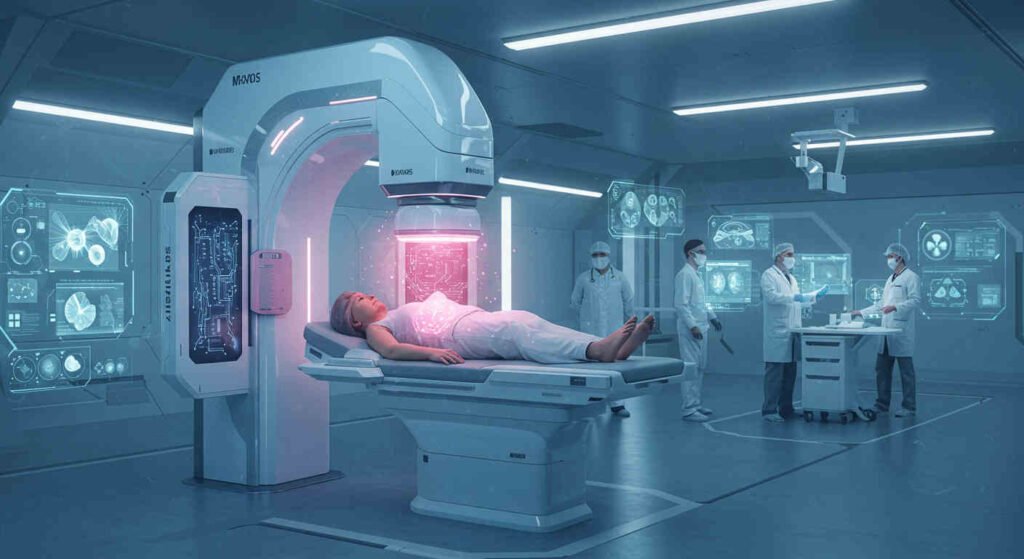
If this is hitting home, it’s ‘cause you care—about yourself, someone you love, or all the women fighting this battle. So, here’s the deal: don’t skip that mammogram. The Brazilian Society of Mastology says start at 40, and INCA says every two years from 50. But check with your doc to figure out what’s best for you. Catching it early’s the key to kicking cancer’s butt.
Wanna go bigger? Back the folks leading the charge. Netadept Technology is cooking up AI solutions that help clinics up their game with faster, sharper diagnoses. Their consulting and system integration services are changing how hospitals fight cancer. Curious? Hit up their site and see how you can join in.
Jump into the AI revolution with Netadept Technology!
Swing by https://netadept-info.com to check out how their AI tools are saving lives with quicker, more accurate diagnoses.
Oh, and if you’re looking to keep an eye on your health at home, Amazon Brazil’s got you covered. The Omron Blood Pressure Monitor isn’t for breast cancer, but it’s a solid way to track your overall health, which is half the fight.
A New Page in the Fight
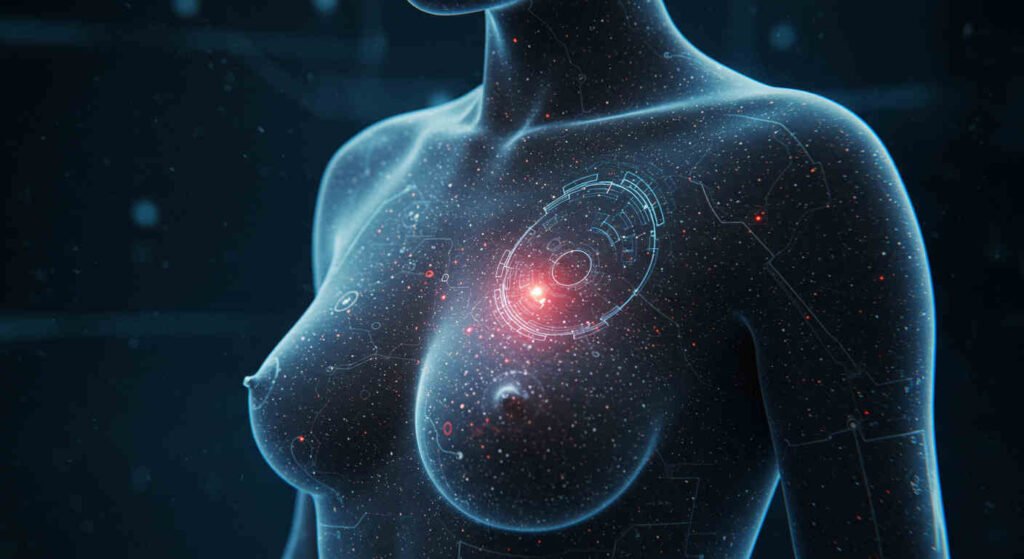
Breast cancer might be the biggest bad guy for women in Brazil, but it doesn’t have to win. With AI, we’re writing a new chapter where early detection’s the star, not the underdog. It’s like tech’s shouting, “We’re in this together!” With every scan, every alert, every life saved, we’re inching closer to a world where breast cancer’s just a speed bump, not a roadblock.
So, spread the word. Tell your friends, your mom, your sister. Get those exams done. Support the companies pushing tech for good. ‘Cause at the end of the day, it’s not about machines or numbers—it’s about people, lives, and the freedom to dream without fear.
See this another good article in our WebSite: https://techforgewave.com/a-secret-ocean-stashed-miles-under-earths-crust/
